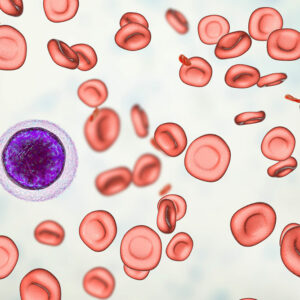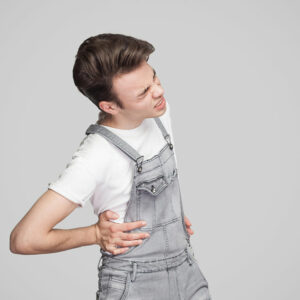
Guide to dental implants
Dental implants are implanted into the jaw to restore one’s ability to chew. They offer support for bridges and other artificial (fake) teeth, such as crowns. Those who don’t want to wear dentures after losing multiple teeth and can afford to pay for a complete set of implants can consider this procedure, which promises a hassle-free long-term solution. Here is a guide to dental implant brands, types, materials, and procedures. Popular brands Although dentists recommend the best dental implant types, it doesn’t hurt to know more about the companies that manufacture premium ones. Buying from the right brand and company ensures patients don’t get cheap knockoffs or poor-quality implants since the market is flooded with hundreds of alternatives. Types – Titanium or zirconia Zirconia is a metal-free implant widely used due to its durability and affordability. While it may not be the cheapest, zirconia is still more favored as it does not corrode. The material is similar to ceramic and is non-conductive. Titanium implants are the alternative to zirconia; they are more expensive but durable and can last for decades. However, there is a risk of allergic reactions to the metal that some patients may develop owing to its properties.
Read More 







